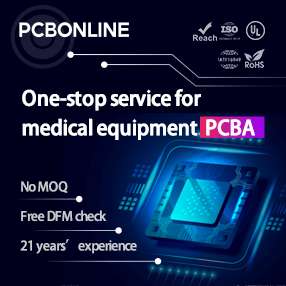In any business, it is essential to maintain asset records to ensure productivity. The function of all equipment and assets must be perfect, as every small error can affect the overall work environment. To achieve this goal, using help from modern technology is the best solution. We can’t ignore technological developments if we want to remain competitive in a modern environment. Abandonment of development will only plunge us into failure and disappointment.

In fact, there is still a large percentage of companies that do not have maintenance software. Some still live in the “Middle Ages” and did not realize the importance of strategic maintenance management. Still, others insist on managing their processes by outdated formulas like spreadsheets. Some professionals may even say that they always worked without the presence of maintenance software, and the world did not end because of this. However, they must admit that they have suffered with lack of information, intuitive work and professional stagnation.
Lack of information can lead to fatal errors in the production process and serious misunderstandings that can disrupt the business as a whole. What can be concluded is that every company should be able to ensure that they have qualified maintenance software which can harmonize various information relevant to the overall work process.
Anyone who has to deal with the absence of maintenance software certainly knows the pandemoniac routine very well to waste hours or days crossing manual information for making reports that would indeed be extracted instantly into a CMMS maintenance software. Simple data like a recurrence of failure, availability, and equipment reliability become an endless martyrdom.
Modern Maintenance Management
From the professional point of view, the absence of a CMMS or Computerized Maintenance Management Software in modern maintenance management represents a castration to the skills of a qualified professional. Today, the software is as indispensable a tool as a toolbox for a mechanic. Trained professionals are limited to typists, and their time is all taken up in activities with no productive returns. The role of solution provider is replaced by almost manual labor. The result is professionals with low productivity and still receiving good salaries as typists. Probably, in many cases, the motivational factor tends to weigh over time, causing good professionals to seek professional replacement because of the lack of necessary structure.
Limiting the range of maintenance action causes, at best, as a result, the stagnation of several product areas. The maintenance industry itself is unable to develop new programs and methods, the production maintains its chronic problems of availability and reliability of the machines, and the damages to the image due to problems of quality and punctuality in the deliveries are recurrent. Losses from raw material waste, stockless ness, and the indiscriminate use of spare parts persist, and information deficiency continues to preclude proactive measures. The work is limited only to correcting problems, and it is impossible to practice maintenance engineering.
Implementing a CMMS
Undoubtedly, implementing a CMMS is a high-priority issue for modern business management. Like ERPs – integrated management software, maintenance software brings competitiveness and agility to decision-making. Moreover, it avoids managerial regression and professional stagnation. Stagnation is something that must be avoided in modern competition, and if we are trapped in it, we cannot achieve optimal work results according to what has been planned.
Case misunderstanding and false economic illusions still alienate many companies from the idea of CMMS. The benefits of maintenance management are still an idea in the process of dissemination among business owners. Despite significant developments in recent years, many managers still only see the cost of investment spent.

